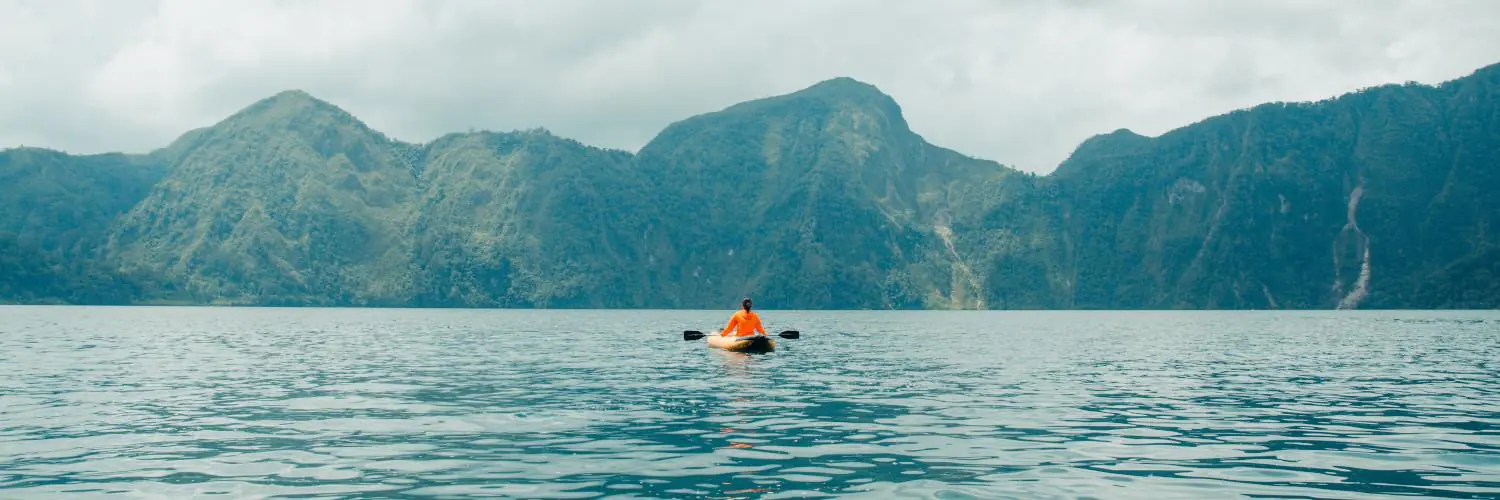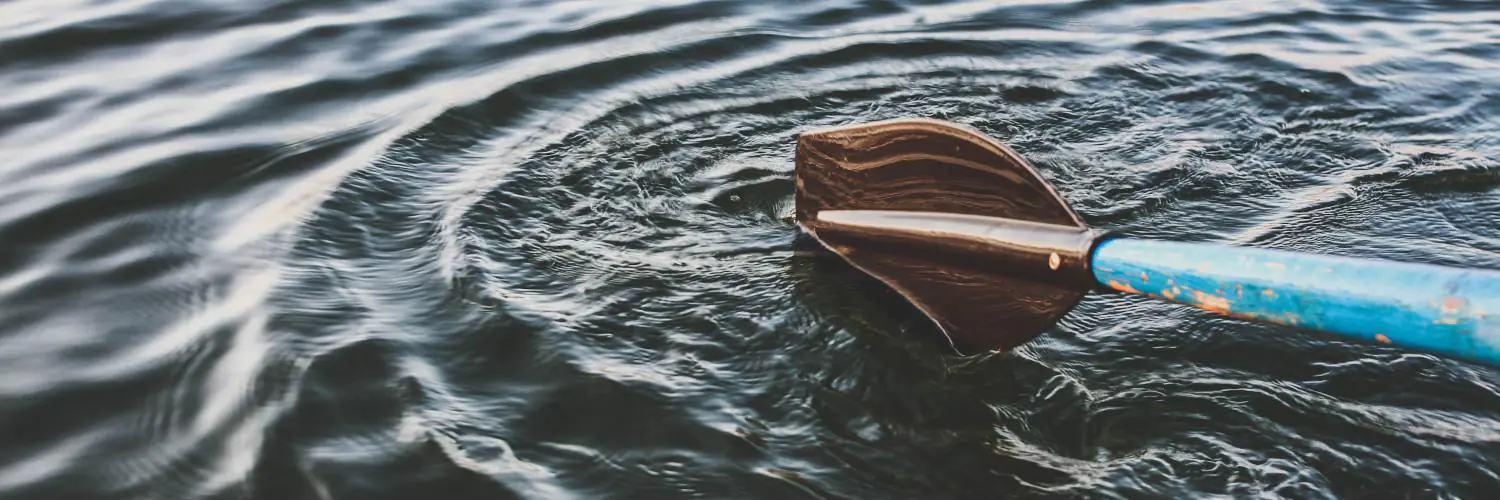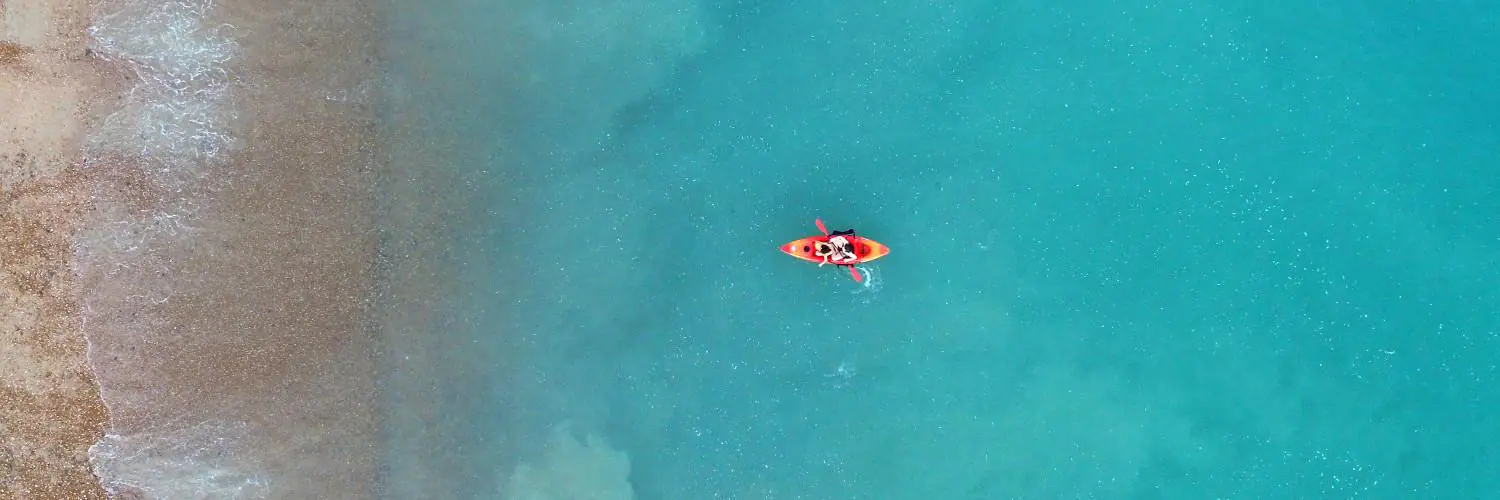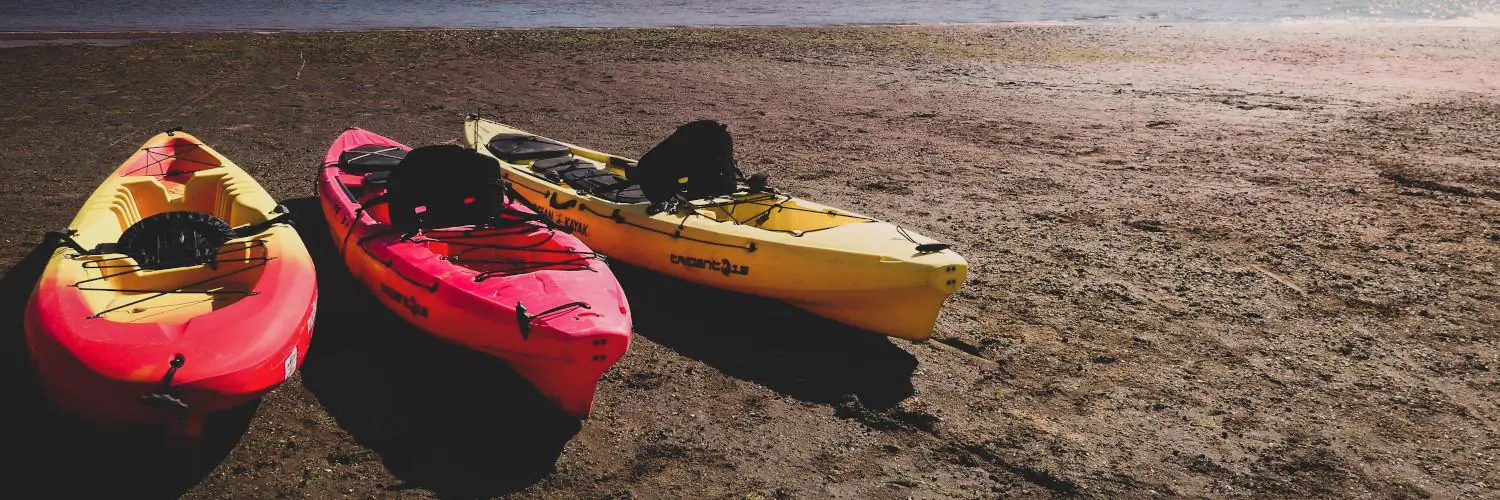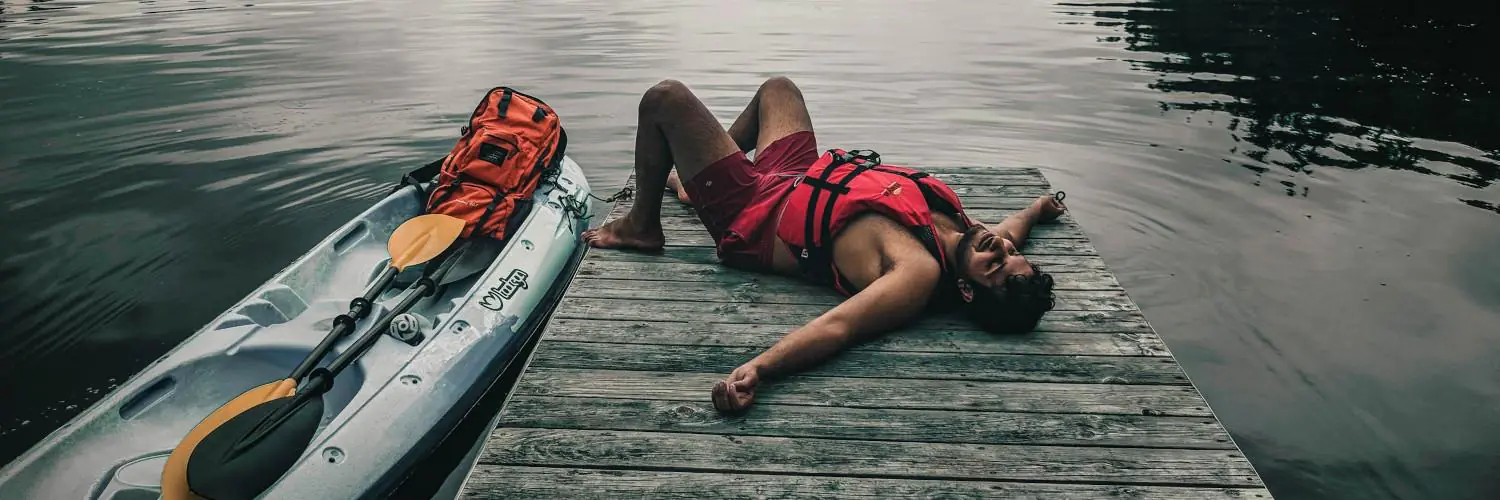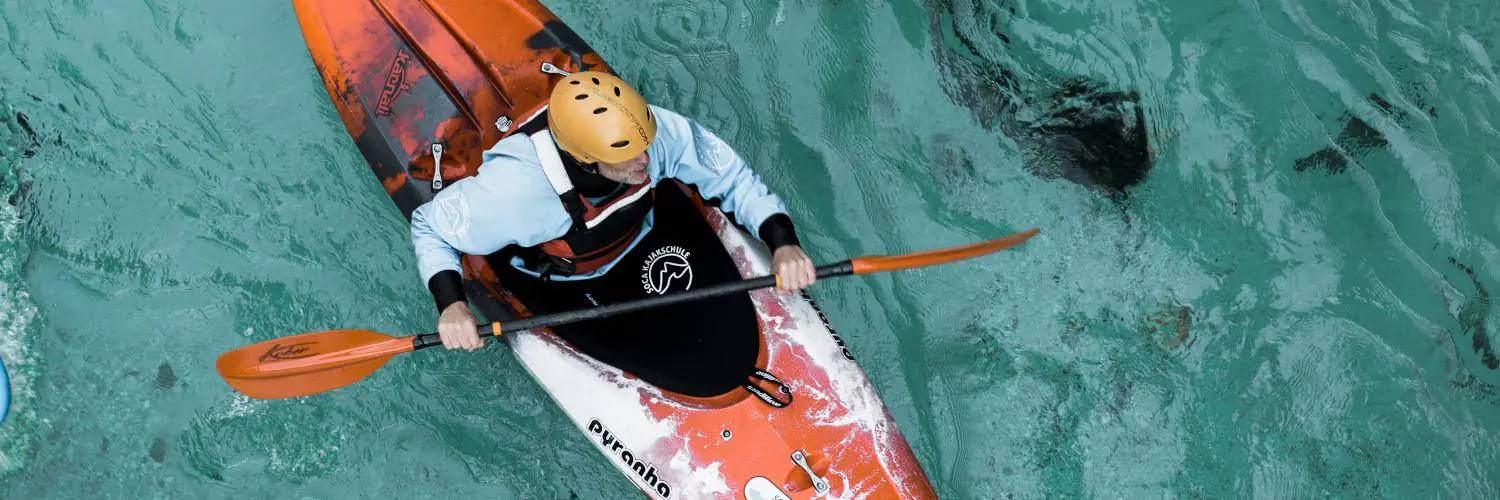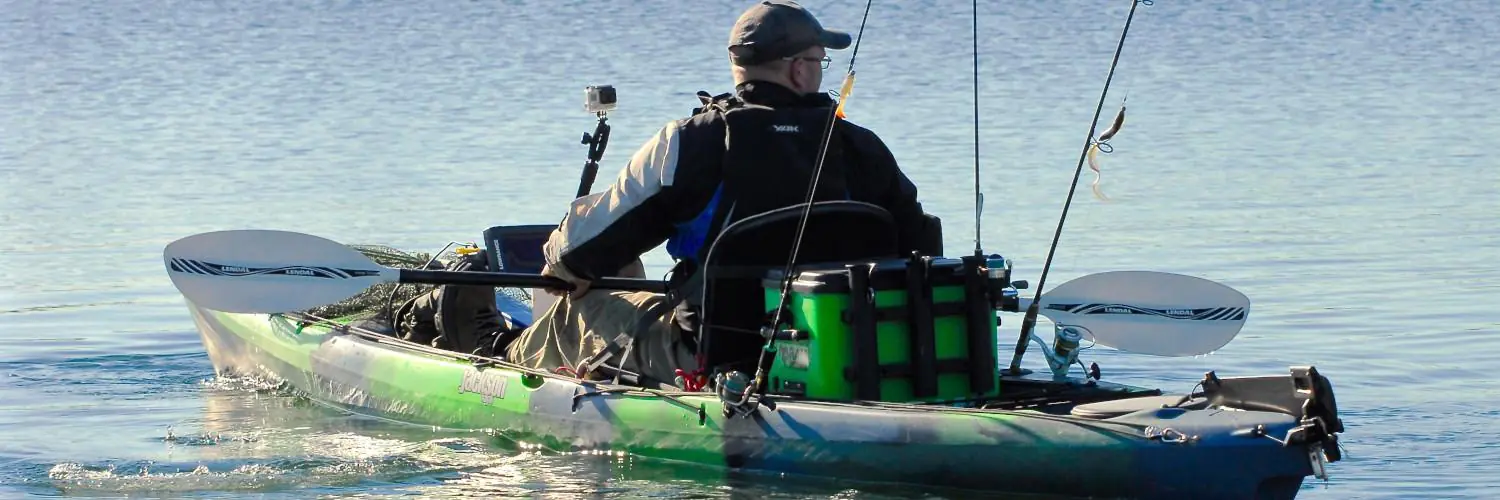Douglas Tompkins, co-founder of The North Face and Esprit, died during a kayaking accident in Patagonia’s Lake General Carrera in December 2015. He was a well-known conservationist who spent years protecting the wild landscapes of Chilean Patagonia. The accident happened while he was kayaking with friends, and he later died from severe hypothermia.
Patagonia is known for its beautiful yet challenging environments. Many people come here for adventure, but the region’s cold waters and unpredictable weather can be dangerous. This incident highlights the risks involved in exploring remote areas, even for experienced outdoorsmen.
Table of Contents
Overview of the Patagonia Kayak Death Incident
Doug Tompkins, a well-known conservationist and founder of The North Face, died in a kayaking accident in Chilean Patagonia. The incident involved challenging weather, cold water, and remote locations, highlighting the dangers of exploring this region.
Timeline of Events
On December 8, 2015, Doug Tompkins and a group of friends set out to kayak on General Carrera Lake—also called Lago General Carrera—which spans both Chile and Argentina. The group began the trip under acceptable weather conditions, but the situation changed rapidly.
High winds struck as they approached the middle of the lake. The strong gusts created rough waves, causing several kayaks to capsize. Local rescue teams from the nearby towns of Puerto Sánchez and Puerto Ingeniero Ibáñez responded quickly. Despite their efforts, Tompkins and others spent significant time in extremely cold water.
Tompkins was pulled from the lake alive but was already suffering from severe hypothermia. He was taken to a hospital in Coyhaique, but doctors could not save him.
Key Individuals Involved
Doug Tompkins was the most recognized member of the group. He was known for co-founding The North Face and Esprit, and for his decades-long conservation work in Chilean Patagonia.
Among the kayaking group was Yvon Chouinard, the founder of Patagonia, as well as other experienced outdoor adventurers. Each was familiar with wilderness travel and the risks involved in the region.
Local rescue workers played a crucial role in locating and retrieving the group from the water. Their expertise and fast action increased the chances of survival for those involved, though the cold proved deadly for Tompkins.
Location and Environmental Conditions
The accident took place on General Carrera Lake, one of the largest lakes in South America. The lake is located in Chilean Patagonia, near the border with Argentina. Its water is fed by glaciers and remains cold year-round.
Weather in the area is unpredictable. Sudden high winds and storms can appear without much warning, shifting calm water to dangerous waves in minutes. On the day of the accident, gusts reportedly reached dangerous levels, making rescue efforts more difficult.
The lake is surrounded by remote towns, including Puerto Sánchez and Puerto Ingeniero Ibáñez. The area’s isolation and harsh climate make water rescues especially challenging, leaving little time for survival in cold water due to the high risk of hypothermia.
Profiles of Key Figures and Organizations
Several people and groups shaped the events around the Patagonia kayak accident. Their backgrounds in business, adventure, and conservation played an important part in what happened.
Doug Tompkins and His Legacy
Doug Tompkins was a well-known figure in outdoor business and nature conservation. He co-founded The North Face and Esprit, two brands that became famous in outdoor clothing. After leaving business, Tompkins focused on preserving large natural areas, especially in South America.
Through his conservation work, Tompkins helped protect millions of acres of land in Chile and Argentina. He used his personal fortune to buy land and create parks. Many people see him as a pioneer who blended his business success with a lasting environmental impact.
He was 72 at the time of his death and was kayaking on General Carrera Lake in Chile. His kayak overturned in rough weather, and he died from hypothermia despite the rescue effort.
The North Face and Outdoor Leadership
The North Face was started by Doug Tompkins in 1968. The company quickly became a leader in outdoor gear, making clothing and equipment for climbers, hikers, and adventurers. The North Face promoted a culture of exploration and outdoor sports.
Their products focus on extreme weather protection and pushing the limits of outdoor activities. Many professional athletes and explorers have worked with The North Face over the years, including Rick Ridgeway. Ridgeway was a well-known climber and paddler who was in the kayak with Tompkins during the accident.
The company has kept up its reputation for supporting adventure, environmental causes, and leaders in exploration.
Yvon Chouinard and Conservation Advocacy
Yvon Chouinard, the founder of Patagonia, is another important figure in this story. He was in the area, fishing on shore during the accident. Chouinard is famous for his commitment to environmental protection and ethical business models.
He started Patagonia, a company known for its high-quality gear and strong values around conservation. Chouinard has led campaigns to protect public lands and encourage responsible consumption. He is widely respected for turning his company into a tool for environmental change.
His friendship and shared values with Doug Tompkins helped inspire many conservation projects in South America. Both men worked together to establish protected areas and national parks.
Weston Boyles and Rescue Response
Weston Boyles was one of the team members involved in the kayaking trip in Chile. He survived after making it to shore safely during the incident. Boyles, along with several others including Rick Ridgeway, participated in the group paddle that day.
When the kayak carrying Tompkins and Ridgeway overturned, Boyles and others acted quickly. A rescue effort was launched, involving both the group and local authorities. The Chilean Navy responded after receiving an emergency call, sending a rescue team to assist.
Despite the efforts, Doug Tompkins could not be saved. The event highlighted the risks faced by experienced adventurers and the importance of swift rescue operations in remote areas.
Contributing Factors and Safety Risks
Kayaking in Patagonia involves unique dangers that can raise the chance of a serious accident or even death. Specific weather conditions, equipment issues, and the nature of local waters pose increased safety risks for kayakers.
Weather Challenges in Patagonia
Patagonia is known for its rapid weather changes and strong winds. High winds can appear quickly and make paddling extremely difficult, especially for those in a single kayak.
Sudden rain or cloudy weather often reduces visibility and can lead to a disorienting environment on the water. Cold air, along with near-freezing water temperatures, increases the risk of hypothermia. Even experienced kayakers face serious challenges when wind gusts flip their boats or push them off course.
Temperature drops at night are common, making it important for paddlers to plan outings carefully and remain aware of forecasts. Being unprepared for these shifts in weather has contributed to many kayaking accidents in the region.
Equipment and Outdoor Gear
Proper outdoor gear can mean the difference between life and death during a kayaking trip in Patagonia. A well-fitted personal flotation device (PFD) is essential; not wearing one remains a leading risk factor in drowning incidents.
Wearing thermal clothing and waterproof layers helps protect against hypothermia if someone ends up in the cold water. Kayaks suited for turbulent Patagonian lakes, rather than casual recreational boats, offer greater stability and handling.
Important gear includes:
- PFD (life jacket)
- Thermal base layers
- Dry suits or waterproof jackets and pants
- Waterproof storage for emergency items
- Whistle and signal devices
Many accidents involve kayakers lacking protective clothing or proper safety equipment, which makes rescue difficult and can turn minor mishaps into deadly situations.
Kayaking Hazards and Water Conditions
Patagonian waters present unique hazards, including powerful currents and sudden changes in water movement. Some local lakes and rivers are subject to fast-flowing water, hidden rocks, and cold temperatures year-round.
Cold water shock is a serious risk; it can cause rapid breathing problems or even cardiac arrest. Strong currents, sudden wind gusts, and steep shoreline drop-offs make self-rescue much harder compared to milder regions.
Group paddling is safer than traveling alone in a single kayak. Even the most skilled paddlers are at increased risk if they underestimate local water conditions or become separated. Respecting these hazards and preparing for emergencies is a must for anyone planning to kayak in Patagonia.
Rescue Efforts and Medical Response
After the kayak accident in Patagonia, the rescue operation faced cold water, strong winds, and distance from shore. Efforts came from local Chilean agencies and specialized teams, while medical staff at Coyhaique Regional Hospital worked to treat severe hypothermia.
Initial Response and Challenges
When the group of six kayakers, including Doug Tompkins, capsized, the water temperature was around 3°C (38°F). Efforts to right the kayaks failed, so the group tried to swim for shore. This exposed them to dangerous cold, worsening their condition.
Emergency services received a distress call just after 1:00 p.m. Local authorities quickly dispatched boats from the Port General Carrera. However, strong Patagonian winds and waves made it difficult for responders to reach the group.
Rescue attempts included:
- Jib Ellison and another kayaker using a double kayak
- Chilean Navy boats launched into hazardous waters
- Use of rescue gear to pull survivors from the water
Despite these efforts, only some kayakers made it to shore without critical injury. Others arrived in serious condition due to extended exposure in the cold lake.
Coyhaique Regional Hospital Procedures
Upon rescue, the most severely affected, including Doug Tompkins, were transported by helicopter to Coyhaique Regional Hospital. Medical teams were ready to address severe hypothermia, a life-threatening condition common in cold-water accidents.
Medical actions included:
- Immediate assessment of body temperature and vital signs
- Use of warming blankets and heated IV fluids
- Monitoring for signs of cardiac distress and organ failure
Doctors and nurses worked quickly, but very low core temperatures made recovery difficult. Tompkins arrived with a core body temperature far below normal. Despite medical intervention, he died from complications linked to hypothermia.
Involvement of Local and International Teams
The Chilean Navy led the initial water rescue, coordinating with local emergency responders. They were joined by experienced paddlers from groups like Esprit and Bio Bio Expeditions, some of whom had backgrounds in Project RAFT and wilderness rescue.
Notable contributors:
- Lorenzo Alvarez of Esprit Clothing, who was involved in earlier paddling safety efforts in the region.
- Bio Bio Expeditions, offering guidance and experienced personnel.
- Project RAFT veterans, familiar with rapid river and open water conditions.
Both local medical staff and international team members shared resources and knowledge, helping transport survivors and manage communications with families and authorities. Their combined experience played a critical role, but the harsh environment limited what even the most skilled teams could accomplish.
Conservation and Environmental Impact
Patagonia has become a center for conservation due to the efforts of individuals and groups. This region holds unique outdoor spaces, vast national parks, and protected lands that have shaped the conservation movement.
Role of Conservationists in Patagonia
Conservationists have played a major role in preserving Patagonia’s wild areas. Doug Tompkins, a business founder turned environmentalist, was central to these efforts. After retiring, he focused on buying and protecting land in Patagonia, using personal wealth and partnerships.
Groups like Tompkins Conservation and the Foundation for Deep Ecology have supported long-term protection strategies. These organizations have worked to restore damaged land, reintroduce wildlife, and reduce the impact of development. Their projects not only protect nature but promote responsible use of natural resources.
Individuals in the conservation movement often formed networks, making it easier to manage and defend large areas. Effective teamwork between non-profits, local communities, and governments has been key to success.
Protected Areas and National Parks
Pumalín Park is a prime example of private land being converted into a major nature sanctuary. Doug Tompkins purchased and managed this vast park, which covers around 715,000 acres. It became part of a network totaling over 2.2 million acres dedicated to conservation.
These protected places now form a chain of national parks and reserves across Patagonia. Many lands donated by conservationists have become official national parks managed by local governments. The Conservation Land Trust helped transfer these protected areas to secure their long-term status.
Public access is usually allowed for education and recreation, but strict rules guide how the land is used. These parks help maintain habitats, protect water sources, and keep Patagonia’s unique ecosystems safe from industrial threats.
Legacy of Conservation Efforts
The legacy of conservation in Patagonia is visible in the extensive land protection and the growth of national parks. Thanks to Tompkins Conservation and its partners, vast stretches of Patagonia remain untouched by major development. Their donations of private parks and conservation land have created a lasting impact.
Continued stewardship ensures these protected spaces stay healthy for future generations. Nature sanctuaries, once at risk, now support wildlife and native plants, helping biodiversity thrive. The vision of those involved in these efforts shows how individual action and collaboration can change a region.
These achievements have inspired further environmentalism both in Chile and worldwide. The work done in Patagonia is often used as a model for saving threatened natural areas elsewhere.
Cultural and Adventure Legacy
The kayak death in Patagonia brought new attention to the risks and rewards of outdoor adventure. Doug Tompkins’s life and his passing left a lasting mark on the outdoor world and on communities across South America.
Impact on Outdoor Community
Doug Tompkins co-founded The North Face and Esprit clothing companies, both of which supported outdoor sports and conservation. His work made quality gear more available and inspired people to travel, climb, and explore wild places.
After the accident, public conversations about outdoor safety and adventure increased. Many climbers, skiers, and paddlers remembered his contributions. Outdoor spaces managed by VF Corp and others saw a boost in visitors, as people wanted to connect with nature and honor Tompkins’s passion.
Leaders like Jib Ellison and other conservationists used the event to promote responsible outdoor activities. The accident acted as a reminder that even skilled explorers face danger, leading to new discussions about risk management in the community.
Influence on Outdoor Expeditions and Exploration
Tompkins took part in many challenging expeditions, including class V first descents on rivers such as the Middle Fork of the San Joaquin and the Kings and Kern Rivers. He worked with skilled explorers who pushed the limits of climbing, skiing, and paddling.
His legacy encouraged others to explore South American landscapes. From Patagonian mountains to Chilean lakes, more expeditions aimed for safe but bold achievements. Climbing teams learned from Tompkins’s experiences, applying better safety practices and using improved equipment.
The story also encouraged companies to offer better training for outdoor adventures. These efforts helped reduce accidents and raised awareness about respecting the land and its inherent dangers.
Continued Inspiration in South America
Doug Tompkins left a strong conservation legacy in South America, especially in Patagonia. His efforts led to the creation and protection of national parks and outdoor spaces. Many local people and travelers continue to benefit from his work.
Outdoor enthusiasts from around the world visit these regions to climb, hike, and kayak. They often cite Tompkins’s achievements as their motivation. His influence supports environmental education and sustainable tourism throughout Chile and Argentina.
Tompkins’s vision has shaped how South American countries view their wild lands. Conservation programs, park-building projects, and community-led efforts now help keep his legacy alive for future generations.

